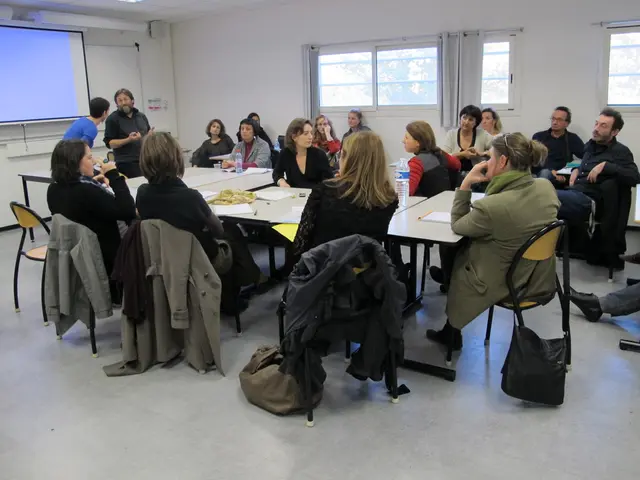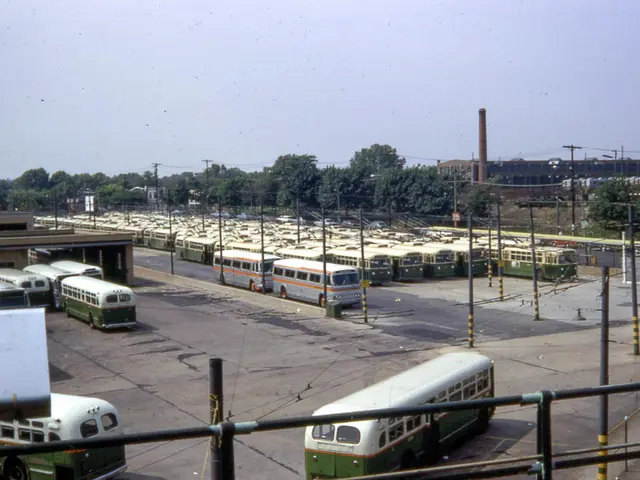Hidden History: Lima's Ancient Pyramids Reveal Lost Civilizations Hidden Beneath the Modern City Capital
Hey there! Let's dig up some secrets that lie beneath the bustling streets of Lima, a city known for its vibrant chaos and sea-salt air. Hidden below the land are secrets older than Rome, older than the Incas, older than most of human civilization. This isn't just about stones lost in the dust but whispers from civilizations that flourished and faded long before Lima ever earned its name.
Walking through Lima today, you'd swear it's only about skyscrapers and colonial plazas. But beneath its urban sprawl lurk hundreds of ancient pyramids - silent giants that go by the name of huacas. These massive adobe structures can be missed by the untrained eye, but they're there, still towering above the city's streets.
Archeologists have mapped more than 400 of these huacas within Lima alone and unveiled a hidden landscape of temples and tombs. One can't help but marvel at how bulldozers skirt around sacred ruins while commuters rush by, oblivious to the vanished worlds beneath their daily routes.
Some of these huacas are reminders of Lima's earliest civilizations, long forgotten. These mysterious cultures built monumental pyramids using millions of handmade adobe bricks, leaving behind no written records. However, their architecture tells tales of a society obsessed with the cycles of nature, the worship of powerful deities, and the careful management of water in a desert landscape.
Huaca Pucllana is one of the most striking reminders of ancient Lima. Located in the heart of the Miraflores district, this seven-tiered adobe pyramid stands surrounded by high-rises and trendy cafes - an improbable survivor. Built around 500 AD, Huaca Pucllana was a ceremonial center, likely used for religious rituals and as a place to honor the gods. Archaeologists have uncovered offerings of fish, guinea pigs, and fine pottery, hinting at its significance.
Pyramids held great importance in ancient Lima. They were more than just tombs or temples; they were centers of community life, places where religion, politics, and art intersected. These structures often served as platforms for ceremonies, astronomical observations, and even administrative activities. Some pyramids were painted in bright colors and decorated with murals depicting mysterious gods and mythic creatures.
The efforts to build these pyramids required thousands of workers, sophisticated engineering, and a shared vision that bound the community together. In a landscape where survival depended on controlling scarce resources like water, the pyramids symbolized both spiritual and practical power.
Lima's pyramids weren't built to last forever, yet many have endured for over a millennium thanks to ingenious construction methods. Adobe bricks, crafted from the valley's clay-rich soil, allowed the walls to flex and absorb shocks during earthquakes, preventing their collapse. This design has helped some huacas survive countless tremors and even major quakes that topped modern buildings.
As you visit these ruins today, it's hard not to feel the fingerprints of the artisans who shaped each brick by hand. It's a sobering reminder of the city's rich history and the countless civilizations that have come before us.
Alright, mate, let's dig a bit deeper, uncovering more secrets hidden beneath the layers of Lima's storied past. Cheers!
In the exploration of Lima's ancient civilization, one might find a fascinating intersection between research on space, as astronomical observations were conducted atop pyramids, and lifestyle, as the citizens seamlessly intertwined religion, politics, and art in these structures. Moreover, the conservation of these silent giants — the huacas — serves as a testament to travelers seeking unique experiences beyond contemporary urban landscapes, inviting us to appreciate the vibrant history that remains buried beneath the modern cityscape.




